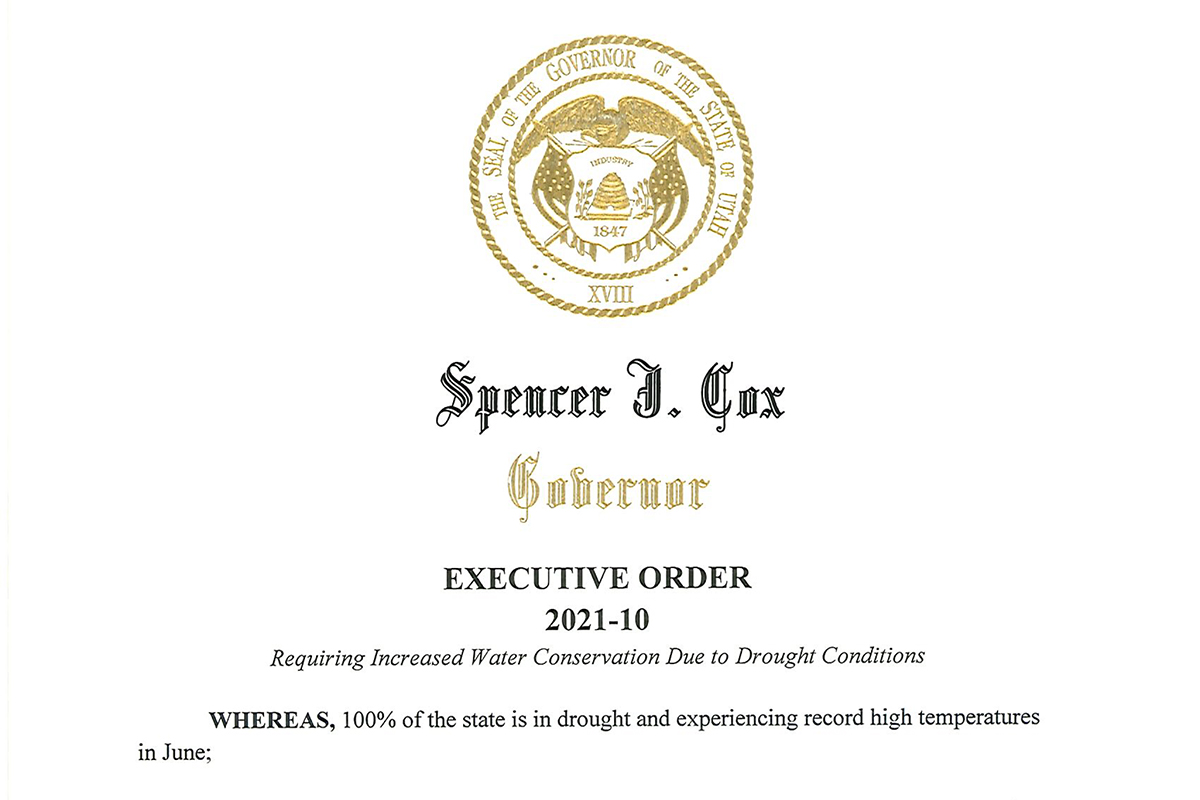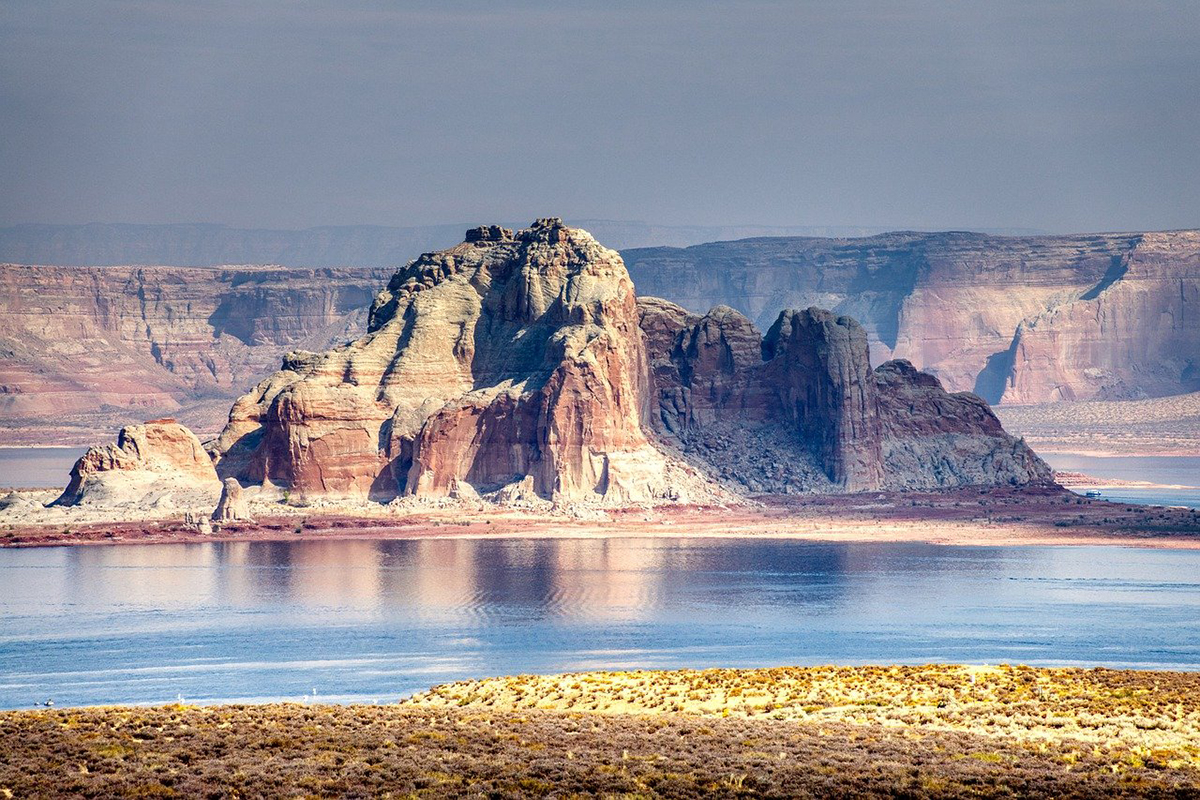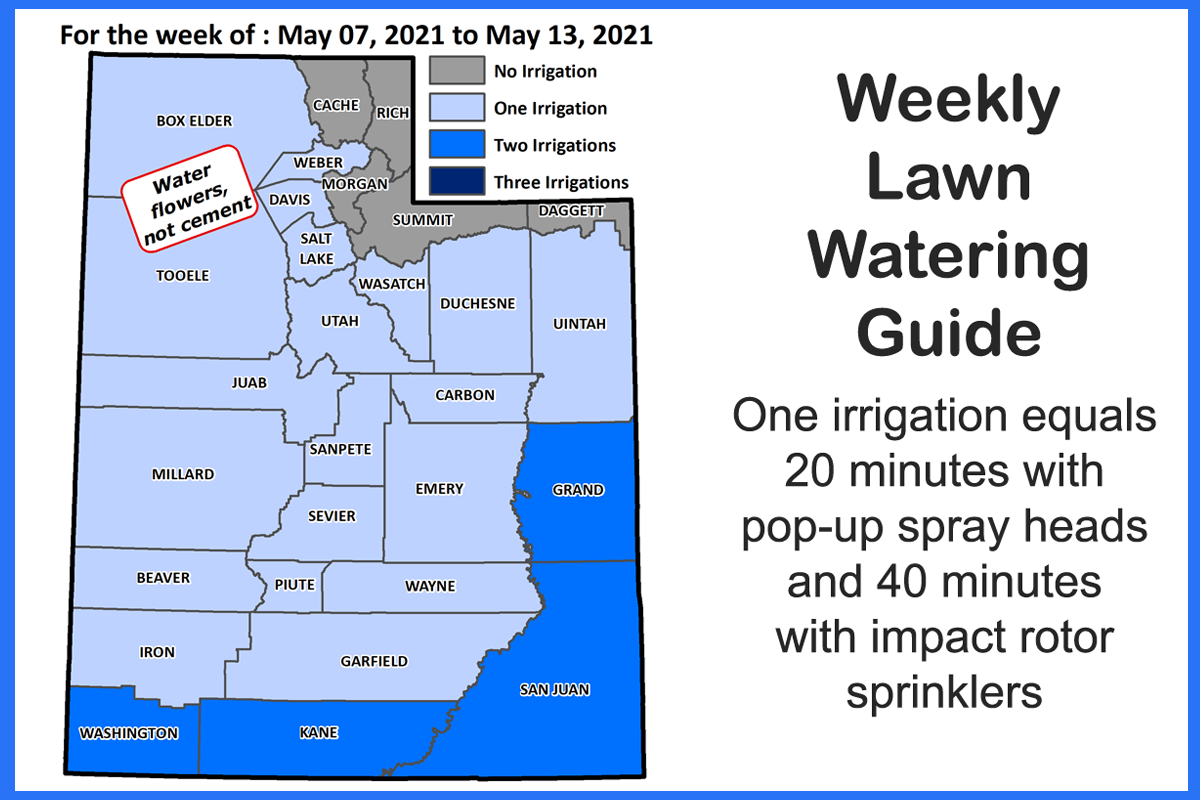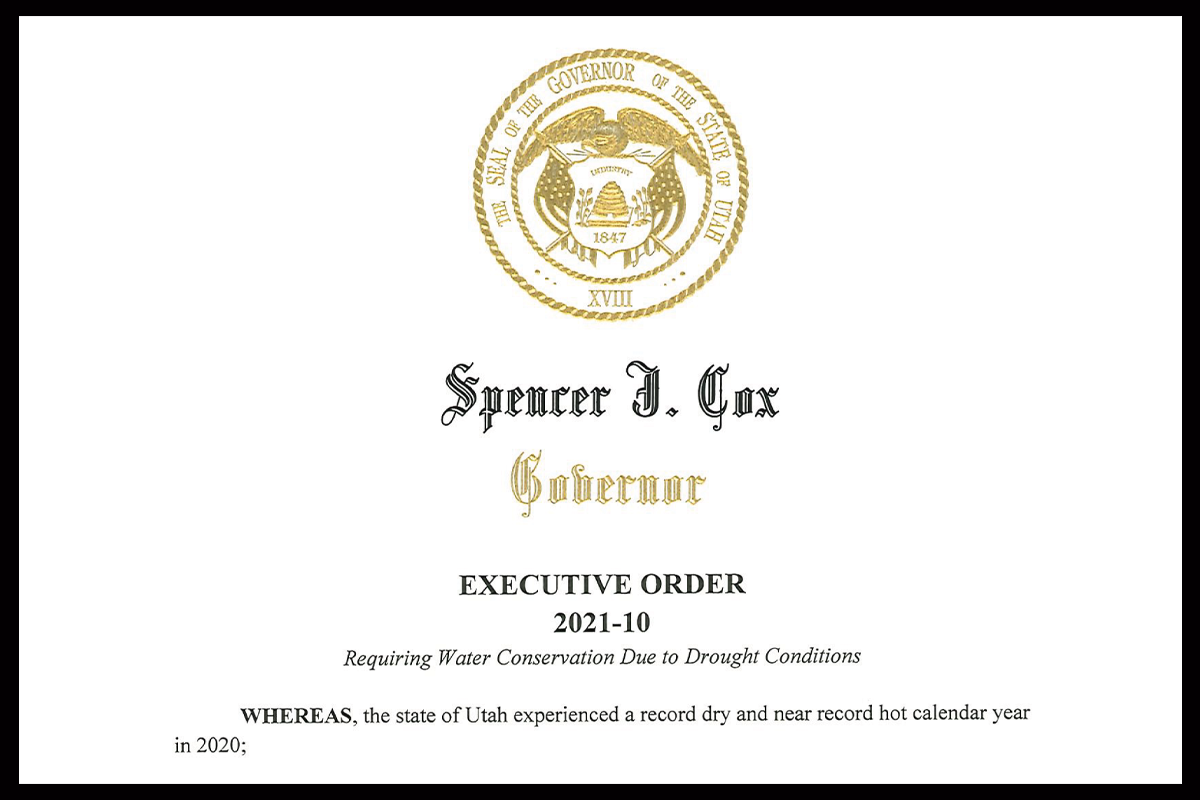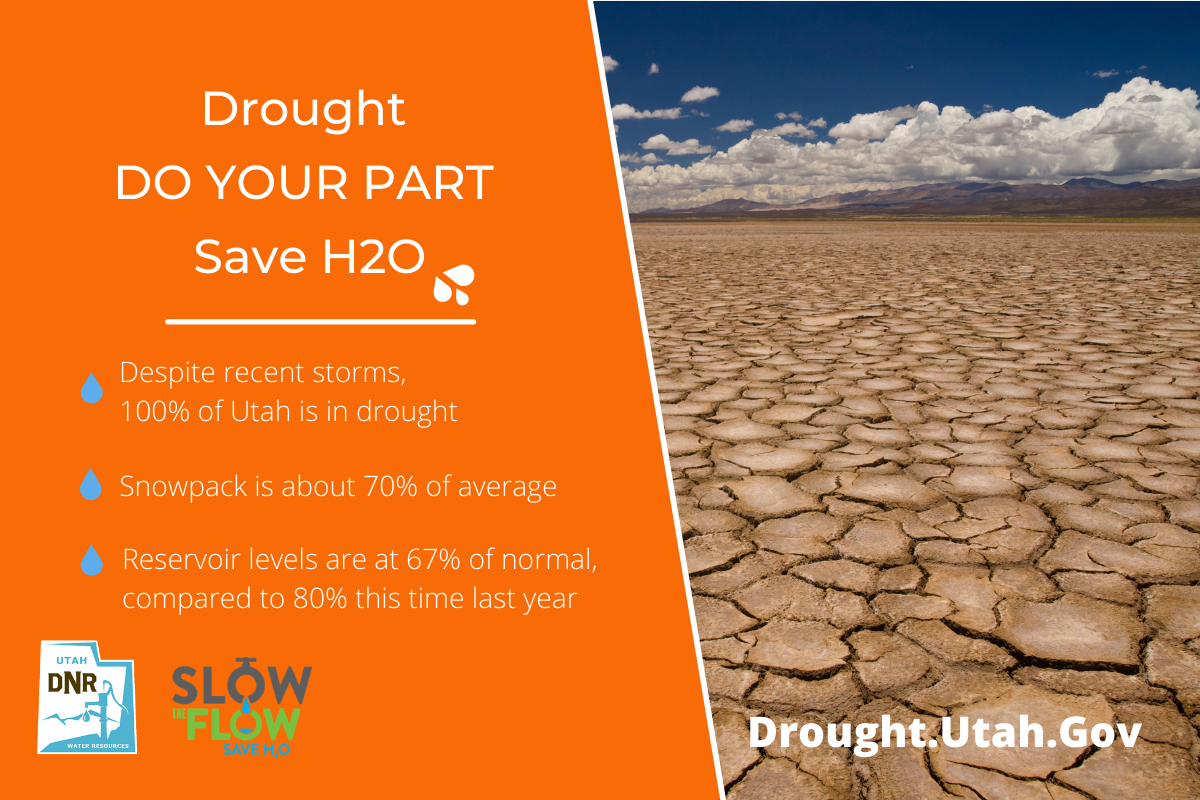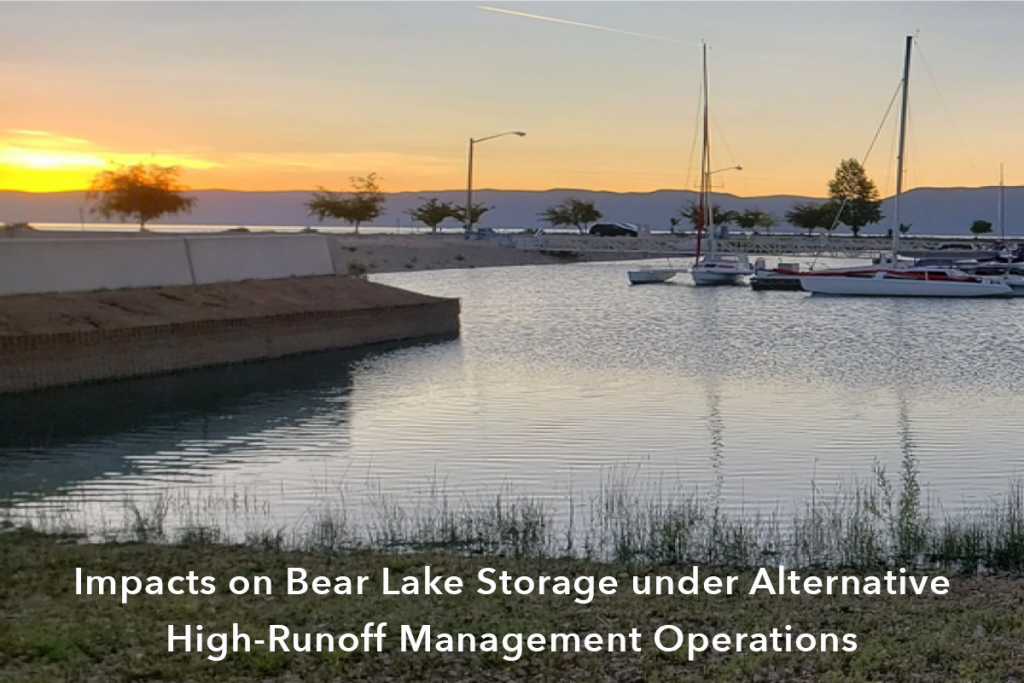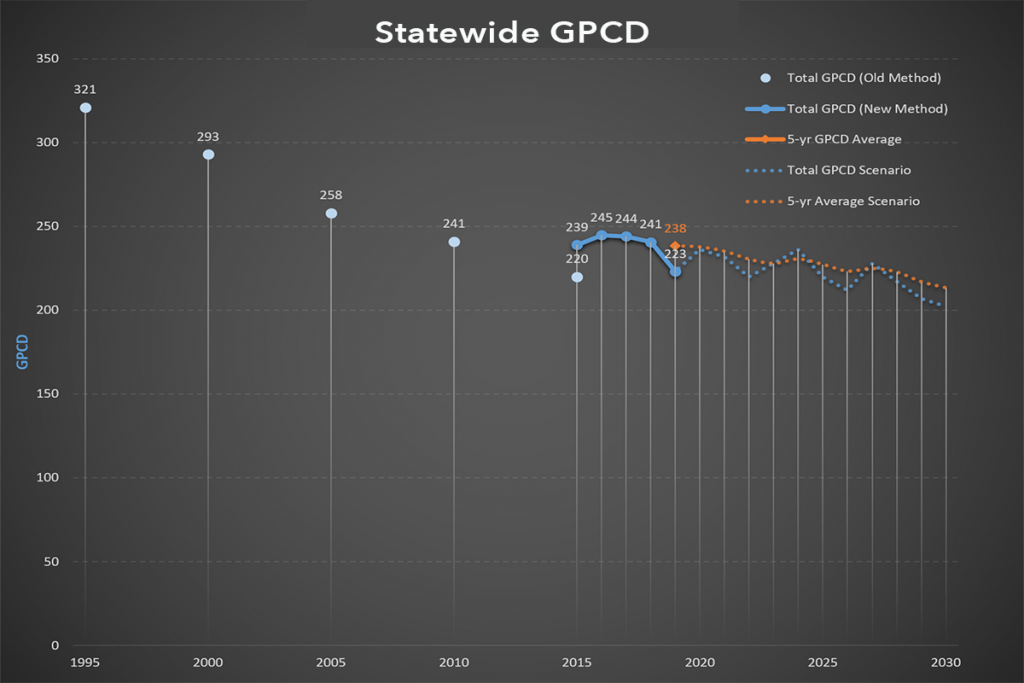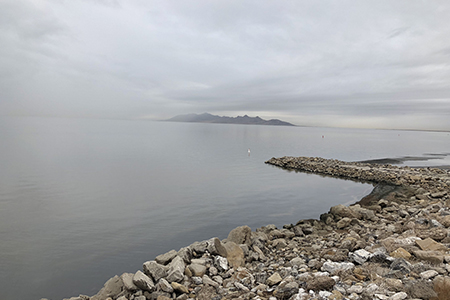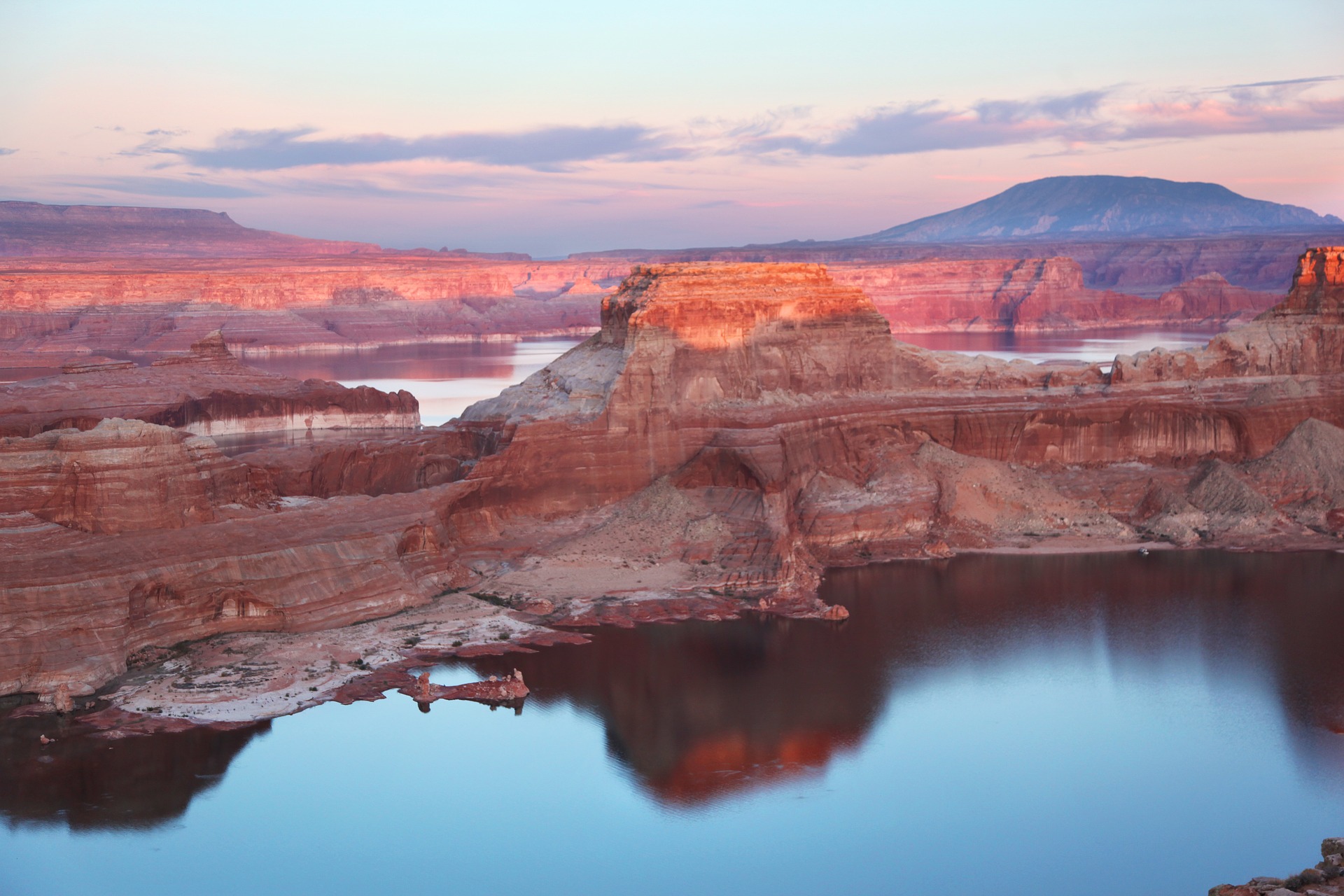SALT LAKE CITY (June 8, 2021) – Utah Gov. Spencer J. Cox issued another executive order further restricting water use at state facilities. He also announced a prohibition on fireworks for all state and unincorporated lands.
“All indicators show this could be the worst drought year on record,” Gov. Cox said. “Utah state government is leading the way by cutting back on water use at all state facilities, but all of us — from private businesses to local governments to individuals — need to conserve water now more than ever.”
Cox announced Executive Order 2021-10, which requires lawn watering at some state facilities to be reduced to two days per week. A previous order allowed three days per week.
He also announced that the State Forester and the Division of Forestry, Fire and State Lands issued an order banning fireworks on all state and unincorporated private lands. This order is effective today. The same goes for SITLA lands: No fireworks will be allowed on SITLA lands this summer.
Cox was joined by Utah Department of Agriculture and Food Commissioner Craig Buttars, who described the effect the extreme drought is having on agribusiness, and Deputy Director for Division of Water Resources Candice Hasenyager, who discussed the impact on the state’s waterways. Also attending were Lt. Gov. Deidre Henderson, Jamie Barnes, interim director of Forestry, Fire and State Lands, and Jeff Rassmussen, director of the Division of Parks and Recreation.

